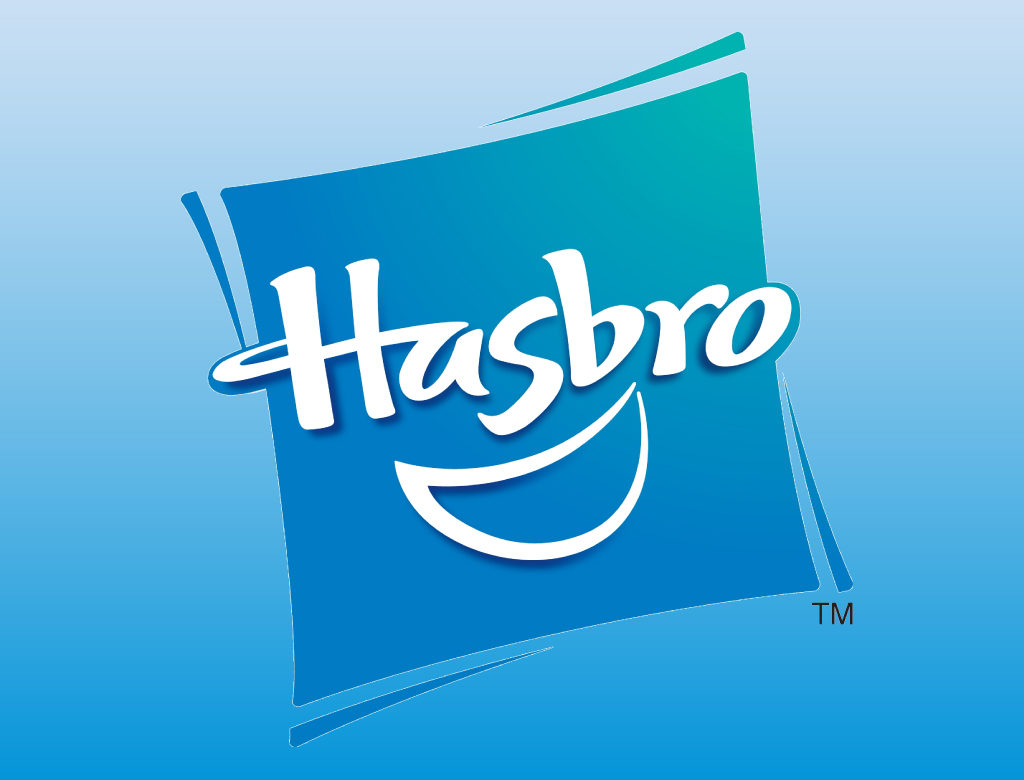Hasbro, Inc. , a global play and entertainment company, has reported financial results for the third quarter of 2020.
Net revenues for the third quarter 2020 were $1.78 billion versus $1.86 billion pro forma revenues in 2019, a decline of 4%. Foreign exchange had a $1.0 million negative impact on third quarter 2020 revenues. 2019 pro forma results reflect the combination of the results of Hasbro and Entertainment One Ltd. (eOne) for periods prior to Hasbro’s acquisition of eOne in the first quarter of 2020.
Net earnings for the third quarter 2020 were $220.9 million, or $1.61 per diluted share, versus pro forma net earnings of $216.5 million, or $1.57 per diluted share, in 2019. Third quarter 2020 net earnings included $19.6 million after tax of purchased intangible amortization associated with the eOne acquisition, $13.7 million of incremental tax expense related to a change in the U.K. tax code and $4.7 million after tax of acquisition and related costs. Excluding these items, adjusted net earnings for the third quarter 2020 were $258.9 million, or $1.88 per diluted share. Third quarter 2019 pro forma net earnings included $19.1 million after tax of purchased intangible amortization at eOne and $3.5 million after tax associated with non-GAAP adjustments at eOne. Excluding these items, adjusted pro forma net earnings for the third quarter 2019 were $239.1 million, or $1.74 per diluted share.
“Hasbro’s third quarter performance was the result of great work from our global team and continued growing consumer demand for Hasbro brands in most markets,” said Brian Goldner, Hasbro’s chairman and chief executive officer. “Our broad, innovative product line, including leadership in gaming, excellence in global ecomm and compelling marketing campaigns drove meaningfully better performance in the third quarter. Building off this quarter’s growth in toys, games and digital we are positioned to deliver a good holiday season. Live-action entertainment production is returning, and we are set to improve deliveries in the fourth quarter with some moving into 2021. While COVID-19 remains a factor in our global operations, consumers remain engaged in activities that create joy and personal connections and we are working purposefully to deliver them the world’s best play and entertainment experiences, while remaining focused on the safety and well-being of our global teams and communities.”
“Our teams delivered a very good third quarter, showcasing the breadth of Hasbro’s portfolio, the benefits of our cost management efforts and the strength of our balance sheet,” said Deborah Thomas, Hasbro’s chief financial officer. “Hasbro’s partner factories and warehouses are open and operating and production is largely in line with demand. With a strong focus on cash collections, DSOs are down year-over-year and sequentially, and we ended the quarter with $1.13 billion in cash on the balance sheet. Importantly, as we look to the future, we remain focused on executing a good holiday, managing our expenses and investing to support our business plans for future years.”
Revenue grew in Franchise Brands, led by MAGIC: THE GATHERING, and Hasbro Gaming, with growth in numerous games properties. Hasbro products for Lucasfilm’s Star Wars and The Mandalorian also delivered strong revenue growth in the quarter.
Global consumer point of sale increased mid-single digits, including double-digit gains in the U.S., U.K., Germany/Austria/Switzerland, Australia and New Zealand. Point of sale declined in Latin America.
- U.S. and Canada segment revenue and operating profit grew due to gains in Franchise Brands, led by MAGIC: THE GATHERING, as well as growth in Emerging Brands and Hasbro Gaming. Operating profit grew primarily as a result of higher revenues and the favorable mix of those revenues, including MAGIC: THE GATHERING.
- International segment revenues and operating profit declined, primarily driven by declines in Latin America. Revenues grew in the European region. The International segment operating profit declined as result of the lower revenues and efforts to clear retail inventory in Latin America. This was partially offset by favorable product mix and cost management.
- Entertainment, Licensing and Digital segment revenues declined as compared to 2019 which included the Transformers Bumblebee film revenue, partially offset by growth in digital gaming. Operating profit increased due to favorable mix from growth in licensed digital gaming, lower advertising related to the launch of Magic: The Gathering Arena in 2019 and lower development expenses due to the closure of Backflip Studios in late 2019.
- eOne segment pro forma revenues declined in the quarter primarily due to lower TV and Film revenues as well as lower Family Brands revenue. Within TV and Film, due to COVID-19 live-action productions and theaters globally were shut down for most of the quarter, and these are gradually reopening, depending on geography. Demand for stories and content as well as viewership remain high. The teams have a robust development slate of over 150 active television and film projects including more than 30 Hasbro properties. Within television, produced/acquired content half hours decreased due to production shutdowns. Within film, box office revenues declined as a result of theater closures. Within Family Brands, engagement in animated content for PEPPA PIG and PJ MASKS remains strong, but revenues declined on lower consumer licensee revenues and lower advertising revenue from the YouTube platform. In music, revenue was negatively impacted by the loss of live events and associated artist promotions, as well as lower royalties from licensed and publishing music rights.
For the eOne segment, third quarter 2020 operating profit included $24.7 million of purchased intangible amortization associated with the fair value of acquired intangible assets. Third quarter 2019 pro forma operating profit included $24.6 million of purchased intangible amortization and $4.6 million of prior restructuring and other costs. Adjusted pro forma operating profit for the eOne segment decreased due to the decline in revenues, partially offset by the related declines in program amortization, advertising expense and royalty expense.

